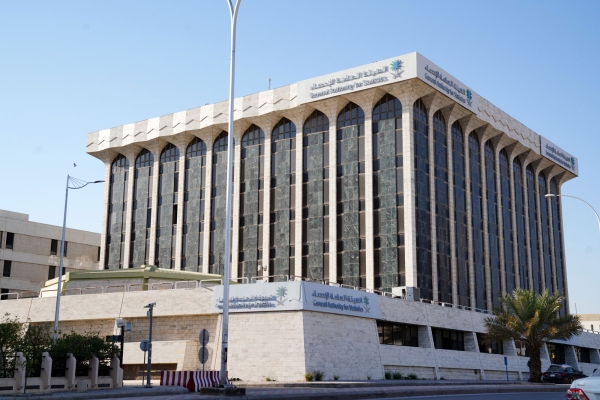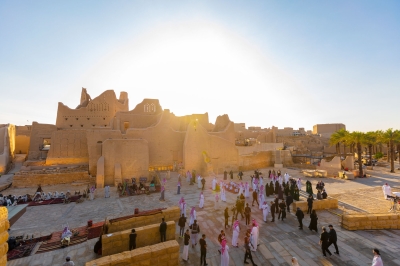

The Tourism Establishments Survey is an annual economic survey that provides data on establishments and services related to tourism activities in the Kingdom of Saudi Arabia. It aims to develop indicators that help track the growth rates of each tourism activity and provide data for calculating the tourism sector's contribution to the gross domestic product (GDP). The survey is conducted by the General Authority for Statistics and covers a representative sample of tourism establishments across the thirteen provinces of the Kingdom.
Scope of coverage for the tourism establishments survey
The Tourism Establishments Survey covers the main economic sectors, including: visitor accommodation, food and beverage services, passenger land transport, rail transport, passenger water and air transport, vehicle rental, travel agencies and reservation services, cultural activities, sports and recreational activities, region-specific tourism-related services, and retail trade of province-specific specialty goods.
Cities were given greater importance in the survey, as they account for approximately 84 percent of the total establishments in the Kingdom and employ around 91 percent of the total workforce. A sample of economic establishments from each province is selected scientifically to ensure it represents all economic establishments within the province.
Objectives of the Tourism Establishments Survey
The Tourism Establishments Survey aims to provide data for deriving indicators to calculate tourism’s contribution to the GDP. It also seeks to offer data on all tourism-related activities to prepare indicators that help track the growth rates of each activity, determine the employment capacity of each tourism activity by gender and nationality, and identify the amount of compensation paid to employees and other expenditures based on tourism activities.
It also aims to determine the revenue generated by each tourism activity, assess their operational and performance rates, identify the percentage of foreign partner ownership in the capital of tourism activities, and provide government agencies, stakeholders, and the private sector with statistical data and information on tourism activities. These data are utilized for local, regional, and international comparisons, as well as for conducting studies and analyses.
Related quizzes

